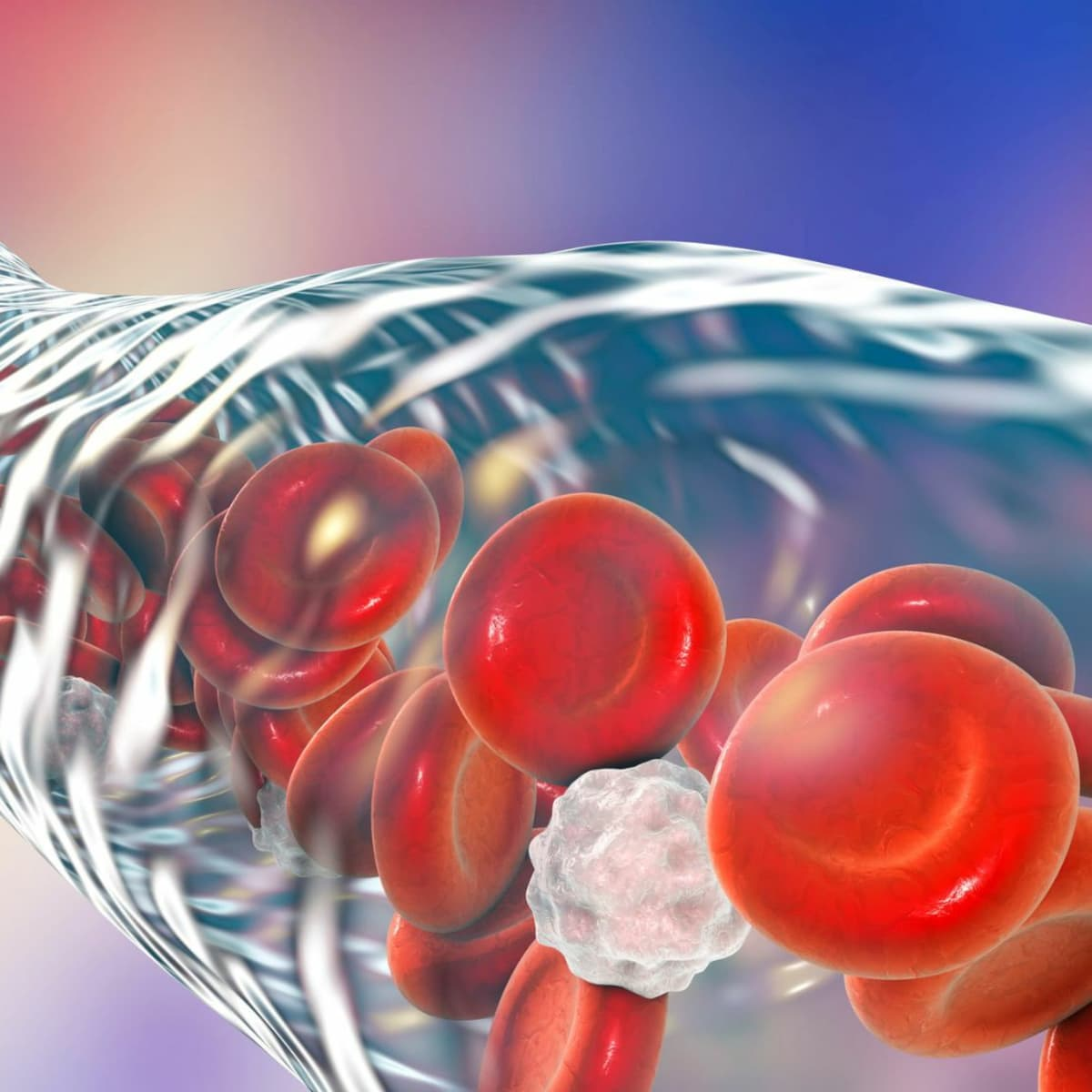Let’s talk about something that affects millions of people but doesn’t always get the attention it deserves—the circulatory system. Sounds technical? Sure. But here’s the deal: when diseases or conditions mess with your circulatory system, they can throw your entire health out of whack. And you don’t want that, do you?
If you’re reading this, chances are you’ve been noticing some symptoms or maybe someone close to you has. Either way, you’re probably wondering, “What’s going on?” Don’t worry—I’m here to help. We’ll walk through circulatory system problems symptoms together, explain what they mean, and guide you toward solutions.
Ready? Let’s dive in.
What Is the Circulatory System, Anyway?
Quick refresher: your circulatory system is like the highway of your body. It moves blood, oxygen, nutrients, and waste around so everything runs smoothly. The heart acts as the pump, arteries and veins are the roads, and capillaries are the tiny side streets.
But—and here’s the kicker—if any part of this system gets blocked, damaged, or overworked, problems arise. Poor circulation can lead to serious conditions like heart disease, coronary artery disease, or even heart failure. Think of it like traffic jams or road closures—it slows everything down, and nothing works the way it should.
So, how do you know if there’s trouble brewing? Let’s break it down.
The Sneaky Circulatory System Problems Symptoms
Here’s the deal: circulatory issues often sneak up on you. They don’t always scream, “Hey, something’s wrong!” Instead, they whisper little clues that are easy to ignore. Until one day, they’re screaming loud enough to stop you in your tracks.
Below are some common symptoms of circulatory system problems. Do any of these sound familiar?
1. Fatigue That Won’t Quit
You wake up tired, drag yourself through the day, and crash by evening. Sound like your life lately? Yeah, we’ve all been there after a rough week—but what if it’s more than just stress?
Poor circulation means less oxygen and nutrients reaching your muscles and organs. Translation? You feel exhausted no matter how much sleep you get. Plus, who wants to live life half-asleep?
Ask yourself: Have you been brushing off fatigue as “just being busy”? Maybe it’s time to dig deeper. Fatigue is one of the most overlooked circulatory system problems symptoms.
2. Swollen Ankles or Feet
Ever notice your shoes fitting tighter at the end of the day? Or maybe your socks leave weird imprints on your legs? This could be a sign of fluid buildup caused by poor circulation.
When blood flow slows down, fluid can pool in your lower extremities. Not fun, right? Worse yet, it might point to bigger issues like varicose veins, arterial problems, or even heart failure.
And hey—don’t panic just yet. A little swelling now and then isn’t the end of the world. But if it happens regularly, it’s worth checking out. Swelling is a common symptom of vascular conditions.
3. Numbness or Tingling in Your Limbs
Ever had that pins-and-needles sensation in your hands or feet? Like when your foot falls asleep? If it happens often, it could be a red flag.
Restricted blood flow can cause numbness or tingling. It’s your body’s way of saying, “Hey, I’m not getting enough blood down here!” Ignore it too long, and you might face serious complications like diabetes-related nerve damage or arterial blockages.
Does this happen to you? Keep track of when and where it occurs—it’ll help your doctor figure out what’s going on. Numbness is one of the hallmark symptoms of circulation problems.
4. Chest Pain or Discomfort
This one’s scary, I know. But listen: chest pain doesn’t always mean a heart attack. Sometimes it’s angina—a warning sign that your heart isn’t getting enough oxygen-rich blood.
Still, you can’t afford to ignore it. If you feel pressure, tightness, or burning in your chest, especially during physical activity, see a doctor ASAP. Better safe than sorry, right? Chest pain is a key symptom of coronary artery disease and other cardiac conditions.
5. Cold Hands and Feet
Do your fingers and toes feel like ice cubes, even in summer? While it could just be your natural body temperature, cold extremities can also signal poor circulation.
Your blood carries heat throughout your body. When circulation falters, your hands and feet are the first to suffer. Doesn’t that make sense? Cold limbs are a common symptom of vascular diseases and poor blood flow.
6. Shortness of Breath
Struggling to catch your breath after climbing stairs or walking briskly? It could be a sign that your heart’s struggling to pump blood efficiently.
Now, shortness of breath happens to everyone sometimes. But if it’s happening more often than not, pay attention. Your body’s trying to tell you something important. Shortness of breath is a frequent symptom of heart failure and other circulatory problems.
Why Should You Care About These Symptoms?
Here’s the truth: ignoring circulatory system problems won’t make them go away. In fact, it could lead to bigger, scarier health issues like heart disease, stroke, or chronic venous insufficiency.
For example, untreated coronary artery disease can lead to heart attacks. Similarly, peripheral artery disease (PAD) increases the risk of aneurysms and leg pain. Even children aren’t immune—some congenital conditions affect the circulatory system from birth.
But—but!—it’s not all doom and gloom. Catching these symptoms early gives you a chance to take control. Whether it’s lifestyle changes, medication, or professional treatment (like those offered at a cardiology clinic), there’s hope.
What Can You Do About It?
Alright, deep breath. You’re not powerless here. There are steps you can take to improve your circulatory health—and trust me, they’re simpler than you think.
1. Move More, Sit Less
Exercise is like WD-40 for your circulatory system. It keeps everything flowing smoothly. No need to run marathons—even a daily walk can work wonders.
How active are you right now? Be honest. Could you add a bit more movement to your day? Regular exercise improves blood flow and reduces the risk of circulatory diseases.
2. Eat Heart-Healthy Foods
Your diet plays a huge role in circulation. Focus on whole foods like fruits, veggies, lean proteins, and healthy fats. Cut back on salt, sugar, and processed junk.
Think of food as fuel for your body. Would you put cheap gas in a luxury car? Nope. Treat your body the same way. A heart-healthy diet lowers the risk of coronary artery disease and other conditions.
3. Kick Bad Habits to the Curb
Smoking? Drinking too much? Stressing yourself out? All of these hurt your circulation. Breaking bad habits isn’t easy, but it’s worth it.
Where can you start today? One small change can snowball into big results. For instance, quitting smoking improves blood flow and reduces the risk of vascular diseases.
4. See a Doctor
If you’re dealing with persistent symptoms, don’t wait. A healthcare pro can run tests, diagnose underlying conditions, and create a plan tailored to you.
Places like NY Choice Medical specialize in diagnosing and treating circulatory issues. Worth looking into, right? Early intervention can prevent complications like heart failure or aortic aneurysms.
Final Thoughts: Take Charge of Your Health
Look, nobody likes thinking about their circulatory system until something goes wrong. But knowledge is power. By understanding the symptoms and taking action, you’re giving yourself the best shot at staying healthy and happy.
So, what’s your next step? Will you schedule that checkup? Start moving more? Whatever it is, promise me one thing: don’t ignore what your body’s telling you.
Because here’s the bottom line—you deserve to live your best life. And a healthy circulatory system is key to making that happen. Go ahead—take the first step. You’ve got this.
Ready to Take Control of Your Circulatory Health?
If you’ve been noticing any of the symptoms we talked about—whether it’s fatigue, swelling, chest pain, or cold hands and feet—it’s time to take action. Ignoring these signs won’t make them go away, and you deserve answers.
At NY Choice Medical , their team of expert cardiologists and vascular specialists is here to help. They’ll work with you to diagnose the root cause of your circulatory problems and create a personalized treatment plan that gets you back on track. From advanced diagnostic tools to cutting-edge treatments, they’ve got everything you need to feel like yourself again.
Don’t wait until things get worse. Whether it’s heart disease, varicose veins, poor circulation, or something else entirely, early intervention can make all the difference.
FAQs: Your Questions About Circulatory System Problems, Answered
Got questions? You’re not alone. Here are answers to some of the most common concerns people have about circulatory system problems symptoms and what to do next.
2. Can poor circulation lead to serious health issues?
Absolutely. Poor circulation isn’t just uncomfortable—it can signal underlying conditions like peripheral artery disease (PAD), coronary artery disease, or even heart failure. Over time, restricted blood flow can damage organs, increase the risk of stroke, or cause complications like varicose veins or aneurysms. That’s why catching it early is so important. A clinic like NY Choice Medical can help diagnose and treat these issues before they escalate.
3. How can I improve my circulation naturally?
You’ve got options! Start by moving more—regular exercise gets your blood pumping and improves overall flow. Eating a heart-healthy diet (think fruits, veggies, lean proteins, and healthy fats) also makes a huge difference. And don’t forget to quit bad habits like smoking, which wreak havoc on your blood vessels. Small changes add up, and your body will thank you for it.
4. When should I see a doctor about my symptoms?
If you’re experiencing persistent symptoms like chest pain, severe swelling, or unexplained fatigue, don’t wait—see a doctor ASAP. These could be signs of serious conditions like heart disease or PAD. Even milder symptoms, like cold hands or occasional numbness, should be evaluated if they stick around. At NY Choice Medical, their team of specialists can run tests to pinpoint the problem and create a treatment plan tailored to you.
5. What treatments are available for circulatory problems?
The good news? There are plenty of options depending on your specific condition. Lifestyle changes, like diet and exercise, are often the first step. For more advanced cases, treatments might include medication to manage blood pressure or cholesterol, minimally invasive procedures to clear blocked arteries, or even surgery for conditions like aneurysms. NY Choice Medical offers cutting-edge care, from diagnosis to treatment, so you can feel confident you’re in the best hands.

